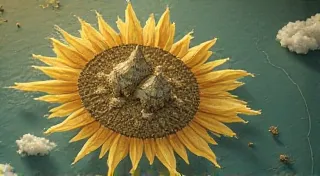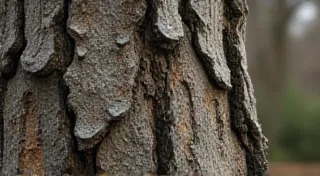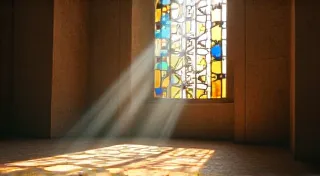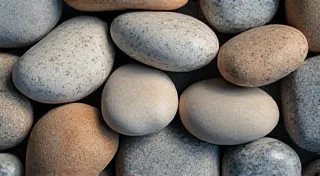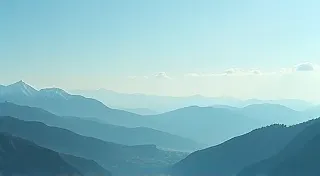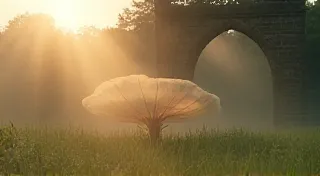Beyond the Outline: Sculpting Form with Negative Space
There’s a certain vulnerability in the quiet pause before a stroke of pen hits paper. As botanical illustrators, we're often taught to meticulously focus on the subject – the delicate curve of a petal, the intricate venation of a leaf. We strive for accuracy, for a faithful representation of the natural world. But what if the key to unlocking truly compelling botanical illustrations wasn’t solely about what we draw, but about what we don't?
My own journey to understanding this began years ago, hunched over a faded copy of Maria Sibylla Merian's illustrations. Her work, from the 17th century, wasn’s merely documentation; it was an intimate conversation with nature. The sharp, precise lines weren't just borders, they were carefully considered voids, shaping the forms within. I remember feeling a sense of inadequacy, a feeling that my own attempts at replicating her artistry fell tragically short. It wasn’t until I began deliberately studying the space *around* her subjects that I started to glimpse the magic behind her genius.
Negative space, in its simplest definition, is the area surrounding a subject in an artwork. But in botanical illustration, it becomes so much more than just empty space. It's a powerful tool for defining form, creating depth, and conveying the very essence of a plant’s structure.
The Historical Embrace of Empty Space
The concept of negative space isn't solely a modern artistic revelation. Its appreciation stretches back centuries. Think of Japanese woodblock prints, particularly those depicting flowers and leaves. The carefully placed voids aren’t accidental; they breathe life into the composition, offering a visual reprieve and a deeper appreciation for the subject. Early scientific illustrators, too, understood the importance of negative space. While their focus was on accurate documentation, the effective use of voids clarified anatomical details and aided in identification – a far cry from simply drawing lines around a form.
Consider the work of Ernst Haeckel, a 19th-century zoologist and artist. His 'Kunstformen der Natur' (Art Forms of Nature) are masterpieces of detailed botanical and zoological drawings. Look closely at his renderings of sea creatures or plant structures. Notice how the areas surrounding the main forms aren’t just blank, but actively contribute to the overall visual impact, creating a sense of ethereal beauty and emphasizing the patterns inherent in nature.
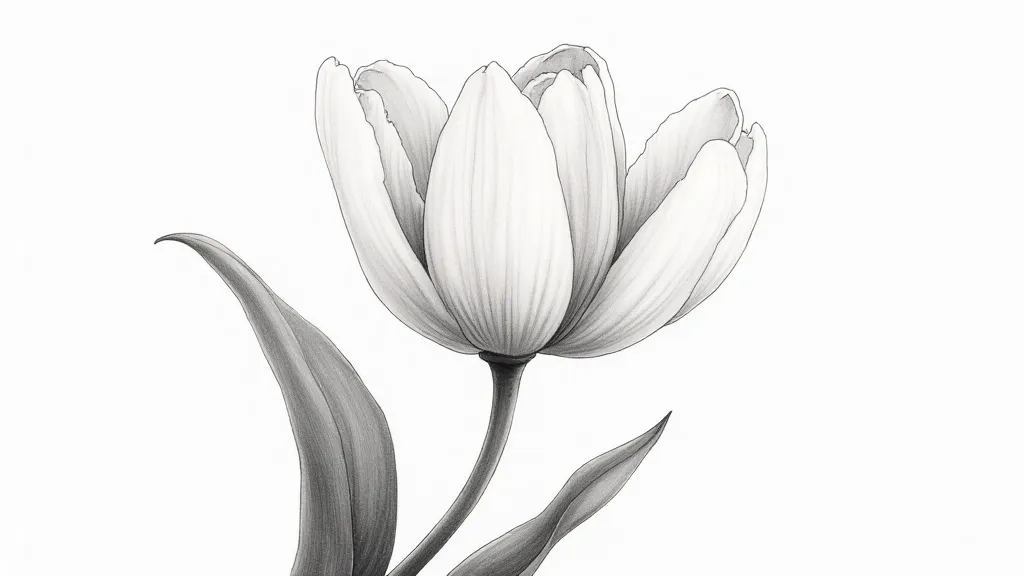
Seeing the Void: A Shift in Perspective
The biggest hurdle for many aspiring botanical illustrators is the instinct to fill every inch of the paper. We're conditioned to think that more detail equals a better illustration. But that's a misconception. In fact, *less* can be more. Learning to see the negative space is a conscious effort – a shift in perspective that requires training your eye.
One exercise I find incredibly helpful is to trace the negative space around a simple leaf. Don’t draw the leaf itself; focus entirely on the shapes formed by the space around it. This reveals a surprising complexity – intricate patterns and relationships that you might otherwise overlook. Then, try drawing the leaf *based on that negative space tracing*. You'll be amazed at how this method can lead to a more dynamic and accurately rendered form.
Rendering Textures with Thoughtful Voids
The skillful use of negative space isn’t just about outlining; it's fundamental to rendering textures. Consider the velvety surface of a rose petal. Rather than attempting to draw every individual hair or fuzz, which would be incredibly tedious and visually chaotic, a skilled illustrator utilizes varying densities of cross-hatching and stippling, creating areas of both filled space and open void. The interplay between these elements creates the illusion of texture.
Similarly, rendering the rough bark of a tree isn't about painstakingly recreating every fissure and ridge. It's about understanding the light and shadow interplay and utilizing negative space to suggest depth and texture. A few strategically placed voids can convey the feeling of weathered bark far more effectively than a mass of frantic lines.
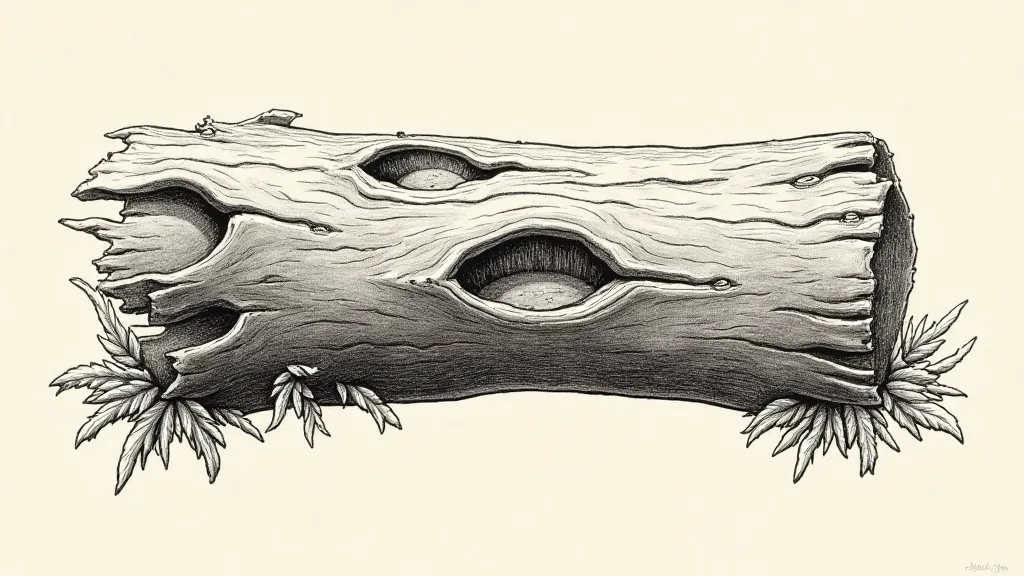
Beyond Leaves and Flowers: Defining Form in Stems and Branches
The principles of negative space extend beyond the obvious subjects of leaves and flowers. Think about the delicate curve of a stem, the branching structure of a vine. These elements are often overlooked in favor of the more visually striking parts of the plant. However, the careful use of negative space around stems and branches is crucial for conveying their three-dimensional form.
Think about how light falls on a curved stem, creating areas of highlight and shadow. These variations in light aren’t just about the stem itself; they’re defined by the surrounding air. By strategically leaving areas of open space, you can create the illusion of a rounded, three-dimensional form.
The Watercolor & Ink Dance
For those who enjoy the combined beauty of watercolor and ink, the understanding of negative space becomes even more crucial. Ink outlines provide structure and definition, while watercolor washes fill the voids, creating depth and luminosity. The interplay between these two mediums is where the true magic happens.
Consider the delicate veins of a leaf. Instead of attempting to draw every single vein with ink, you might instead ink the major veins and then allow a subtle watercolor wash to fill the remaining space, leaving a few strategically placed voids to suggest depth and complexity.
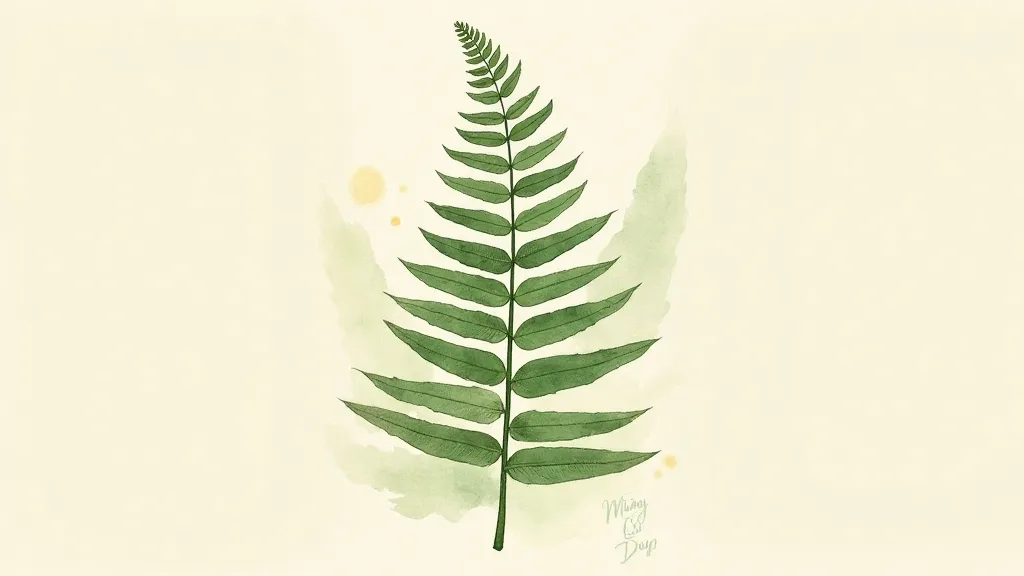
Preserving the Legacy, Appreciating the Detail
There's something profoundly satisfying about creating a botanical illustration that feels both accurate and imbued with a sense of artistry. It’s a process of observation, understanding, and deliberate execution – a conversation between the artist and the natural world.
And the appreciation of negative space extends beyond the creation process itself. Examining antique botanical prints – especially those beginning to show their age – offers a different kind of lesson. The fading ink, the subtle discolorations, emphasize the importance of the untouched spaces; the voids, once pristine white, now carrying the history of time and preservation. Restoration efforts often focus on preserving the integrity of the original artwork, including those crucial areas of negative space - a testament to their essential role in the overall composition.
So, the next time you pick up your pen and paper, remember to look beyond the outline. Embrace the void, and discover the power of negative space to unlock the true beauty and artistry of botanical illustration.
